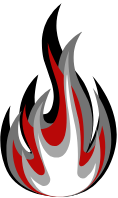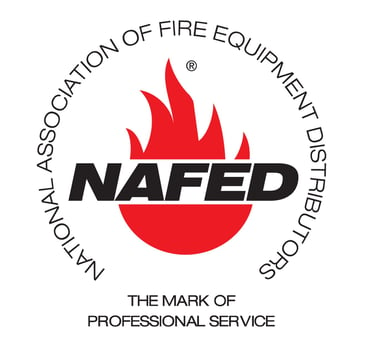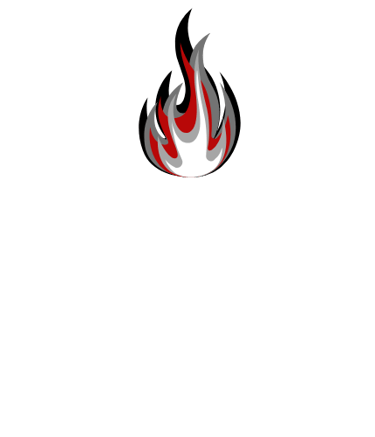Smoke & Carbon Monoxide Detectors
At Ryan Brothers Fire Protection, we don't just sell devices, we deliver comprehensive safety solutions. We ensure your detection system meets all local and national fire safety codes, providing you with uncompromising protection against these silent threats.
Comprehensive Detection: Protecting Lives and Property 24/7.
Smoke and Carbon Monoxide (CO) detectors are the most vital and immediate line of defense in any building. They are not merely required by code; they are essential life-saving devices. Whether you own a business, manage a multi-family property, or protect your family in your home, proper detection systems must be correctly specified, installed, and maintained.Precision Installation & Unwavering Reliability
Code-Compliant Consultation: We assess your specific structure and needs to determine the correct placement and type of detectors, ensuring full compliance with NFPA standards and local codes.Annual Inspection & Testing: Our certified technicians perform rigorous testing, including battery checks, sensitivity testing, and ensuring proper connection to fire alarm control panels where applicable.
Sensor Replacement: Detectors have a limited lifespan (typically 7–10 years). We manage your replacement cycle, ensuring you never rely on expired or faulty equipment.
The Ryan Brothers Difference: We Don't Compromise on Safety.
You have options, but when it comes to the safety of your occupants, you need absolute certainty. Ryan Brothers Fire Protection is not a general contractor, we are fire safety specialists.Why trust us with your detection system?
Expertise You Can Bank On: Our team understands the nuances of ionization vs. photoelectric smoke alarms, and the critical differences in CO detection technology. We install the right device in the right place, guaranteed.
Seamless Integration: We ensure your detectors work perfectly with any existing fire suppression or alarm systems we service, creating a truly unified and reliable fire safety framework.
Local Commitment: As your local fire protection partner, we are dedicated to the safety of our community. We provide transparent service, timely appointments, and dependable follow-through.
Don't guess on your safety. Call Ryan Brothers Fire Protection today to schedule your detection system assessment and upgrade.
FAQ
1. How long do smoke and CO detectors actually last?
The sensors inside smoke and carbon monoxide detectors degrade over time. NFPA 72 and most manufacturers recommend replacing smoke alarms every 10 years and carbon monoxide alarms typically every 5-7 years, depending on the model. We manage your replacement cycle to ensure you are never operating with expired equipment.
2. Is my battery-operated detector compliant with current code?
This depends entirely on your jurisdiction and the type of building. Most new residential construction and major renovations require hardwired, interconnected smoke alarms with a battery backup. We assess your local compliance requirements to ensure your system meets both the current code and insurance standards.
3. What is the difference between an ionization and a photoelectric smoke alarm?
Ionization alarms are generally more sensitive to small, invisible particles of smoke, making them better for detecting fast-flaming fires.
Photoelectric alarms are better at sensing larger smoke particles, making them more effective at detecting smoldering fires (which produce thicker, darker smoke).
For optimal safety, we often recommend installing dual-sensor units or ensuring a balanced mix throughout the property.
4. Does Ryan Brothers Fire Protection service both residential and commercial properties?
Yes. Our expertise covers all necessary detection and alarm systems, from single-family homes and multi-unit residential buildings to commercial offices and industrial facilities. Our inspections always adhere to the appropriate NFPA standards (e.g., NFPA 72) for your property type.
Let us be your solution — call us today!
Fire Protection
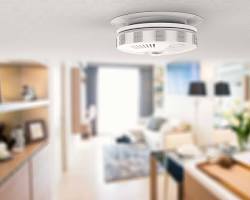

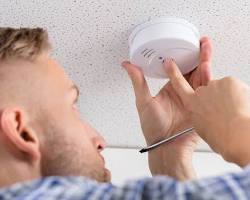

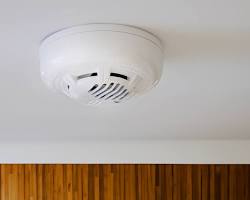

Fire Facts
Due to Chicago’s history with fires, the city enforces fire safety regulations that go beyond the International Fire Code® and NFPA 101®, Life Safety Code®. These stricter rules apply only within the City of Chicago.
The Great Chicago Fire of October 8, 1871 destroyed 17,500 buildings, left 90,000 homeless, and claimed up to 300 lives across 2,000 acres of Chicago.
On December 30, 1903, a fire at Chicago’s Iroquois Theatre claimed at least 605 lives, making it the deadliest theatre and single-building fire in U.S. history. The packed crowd of nearly 2,000 had too few exits—many were locked or hidden. Most victims died from trampling, crushing, or smoke inhalation. The tragedy led to nationwide fire code reforms, requiring clearly marked exits and outward-opening doors in all public venues.
On November 13, 1909, a fire at the Cherry, Illinois coal mine claimed 259 lives—some as young as 11. The tragedy led to major improvements in mine safety regulations.
On December 22, 1910, a fire at Chicago’s Union Stock Yards claimed the lives of 21 firefighters and 3 civilians when the building collapsed.
The June 5, 1946 La Salle Hotel fire in Chicago claimed 61 lives, many of them children. Along with the Winecoff Hotel fire in Atlanta later that year, it led to major updates in Chicago’s fire codes and emergency response procedures.
The 1958 Our Lady of the Angels School Fire tragically claimed the lives of 92 children and 3 nuns, injuring over 100 others. Blocked exits and intense smoke forced many to jump from second-story windows. The tragedy made global headlines and led to major reforms in school fire safety, bringing over 16,000 older U.S. school buildings up to code within a year.
"The January 30, 1976 Wincrest Nursing Home fire in Chicago claimed 23 lives—all due to smoke inhalation. Though the building had minor damage, the tragedy led to major improvements in the city’s fire safety codes.
Contact
© Copyright 2025 Ryan Brothers, LLC
